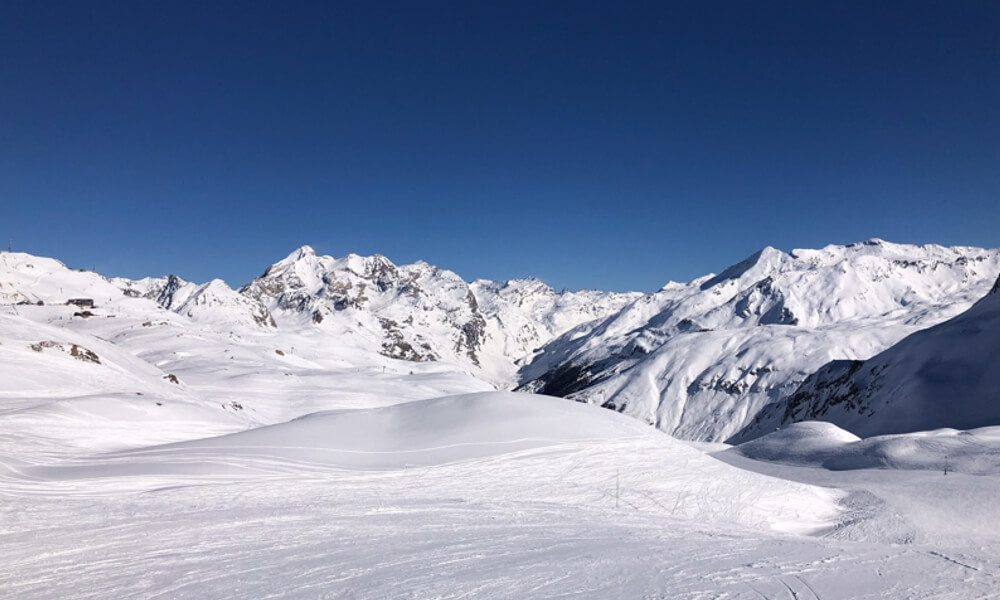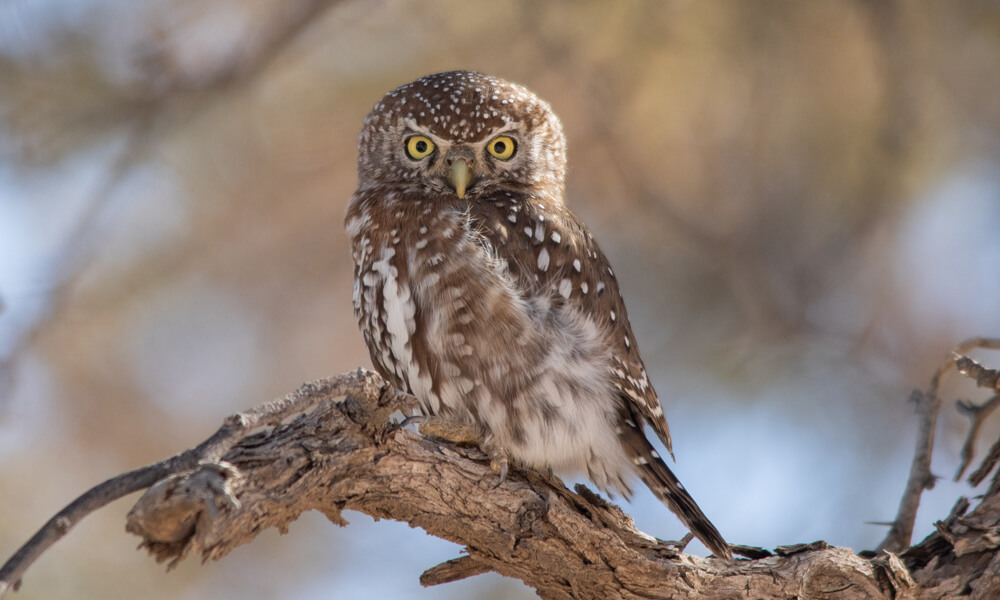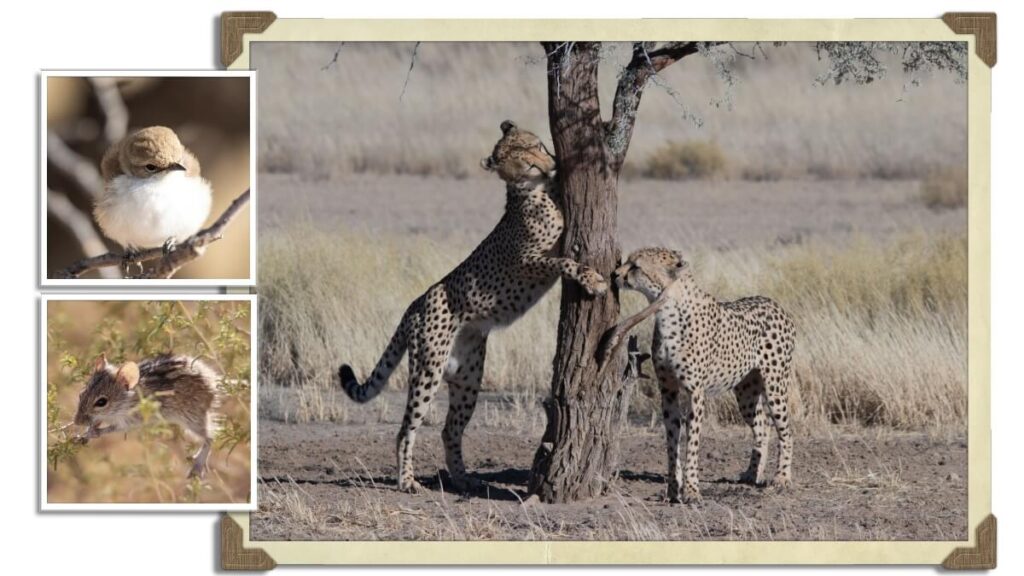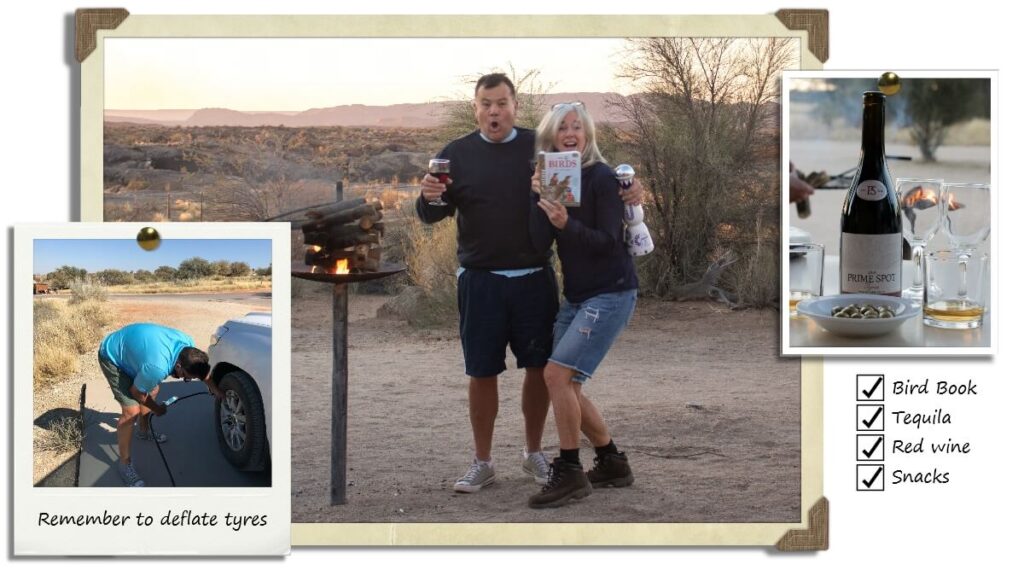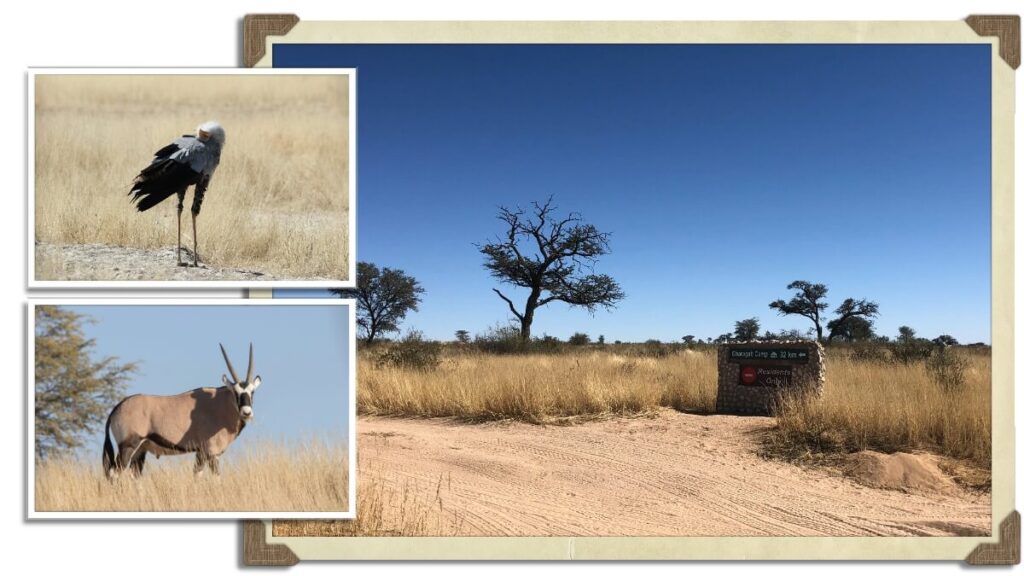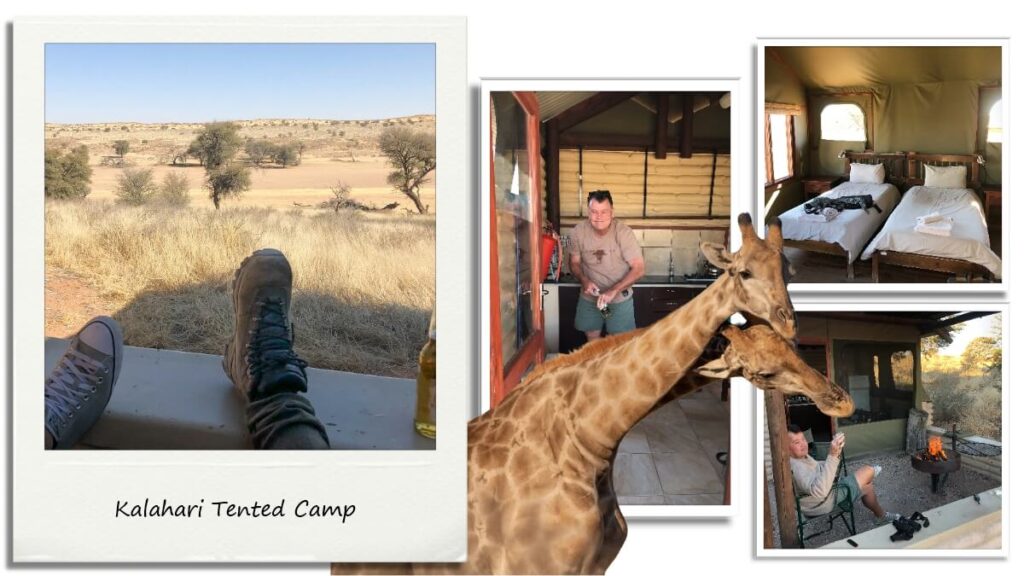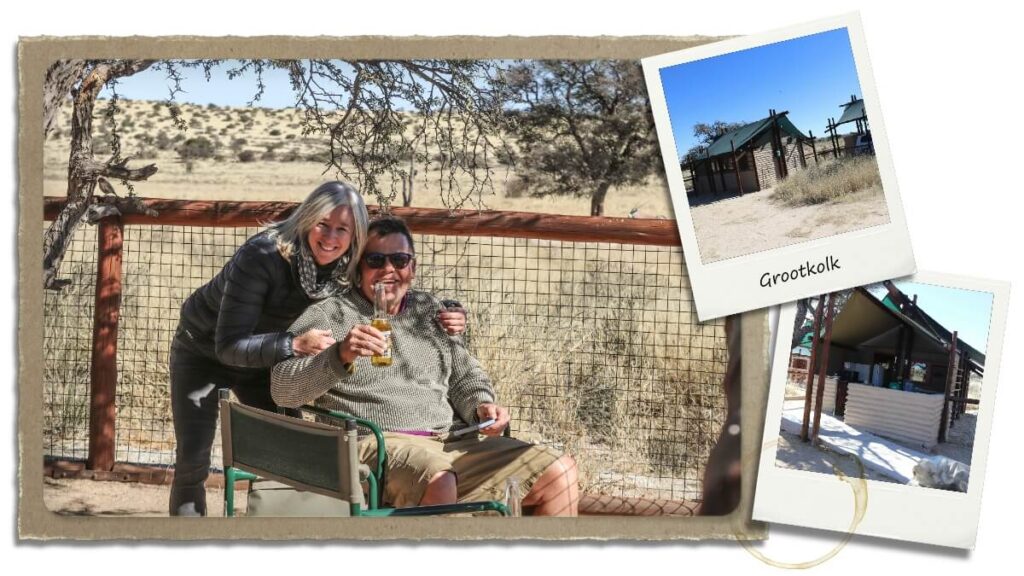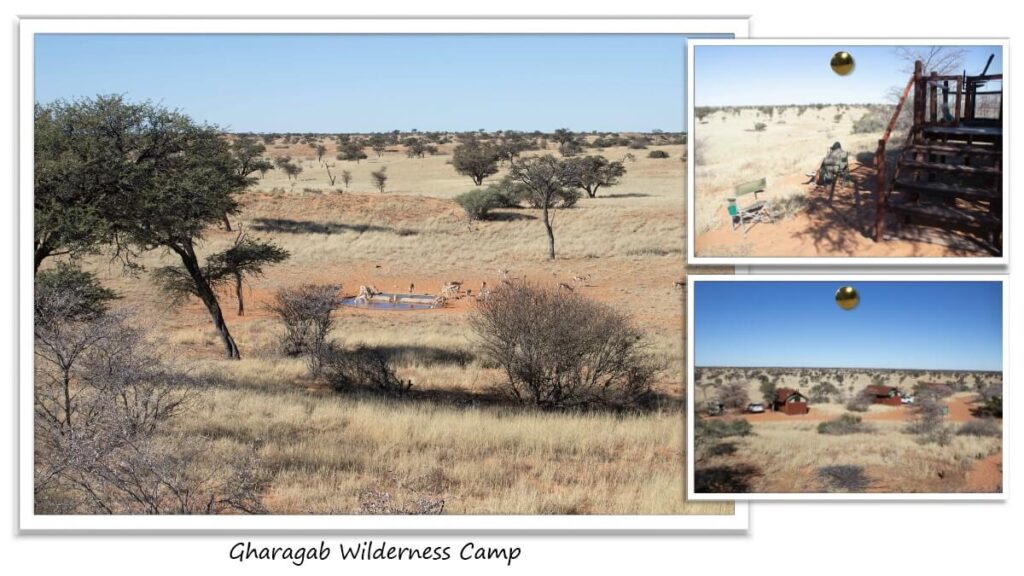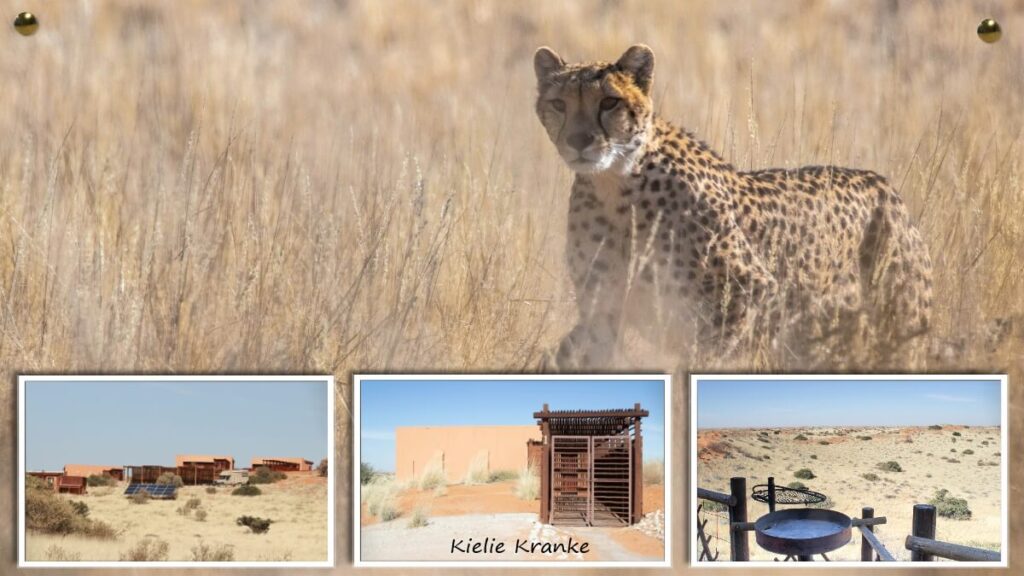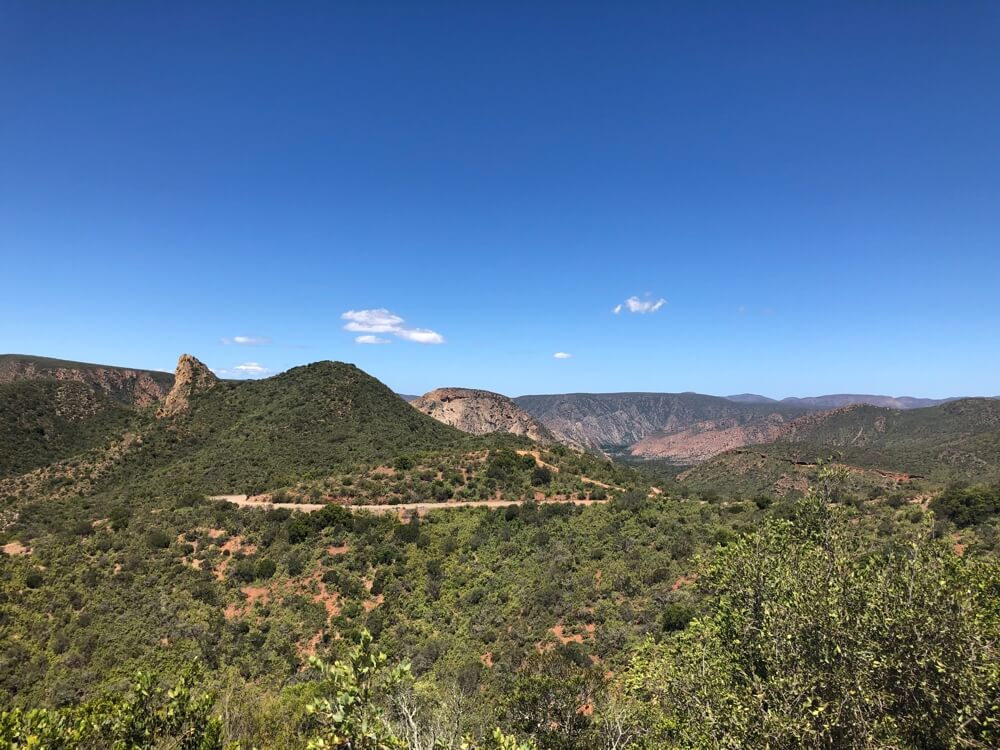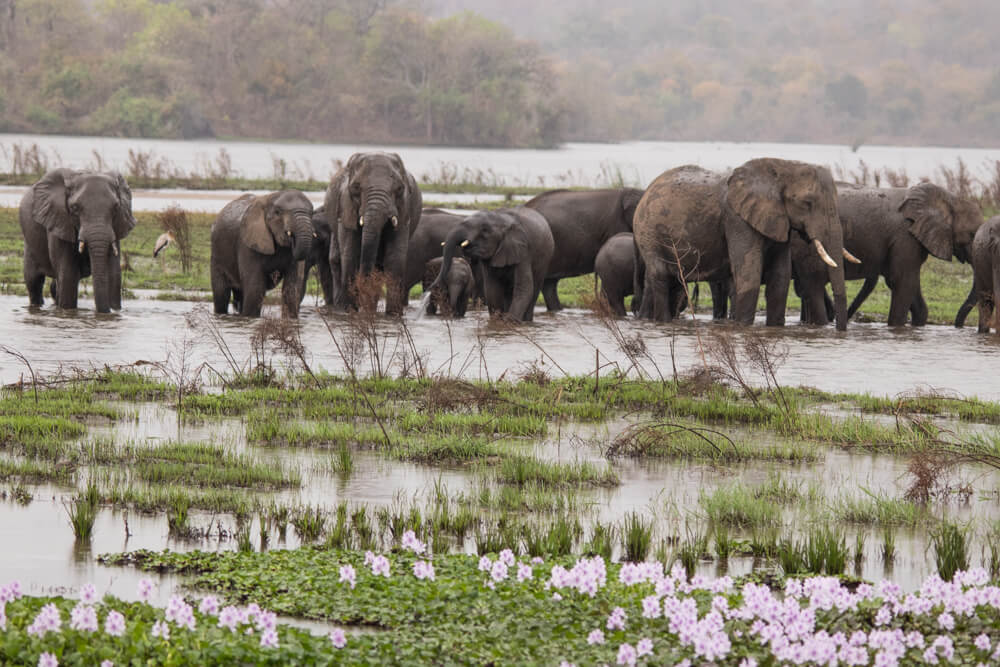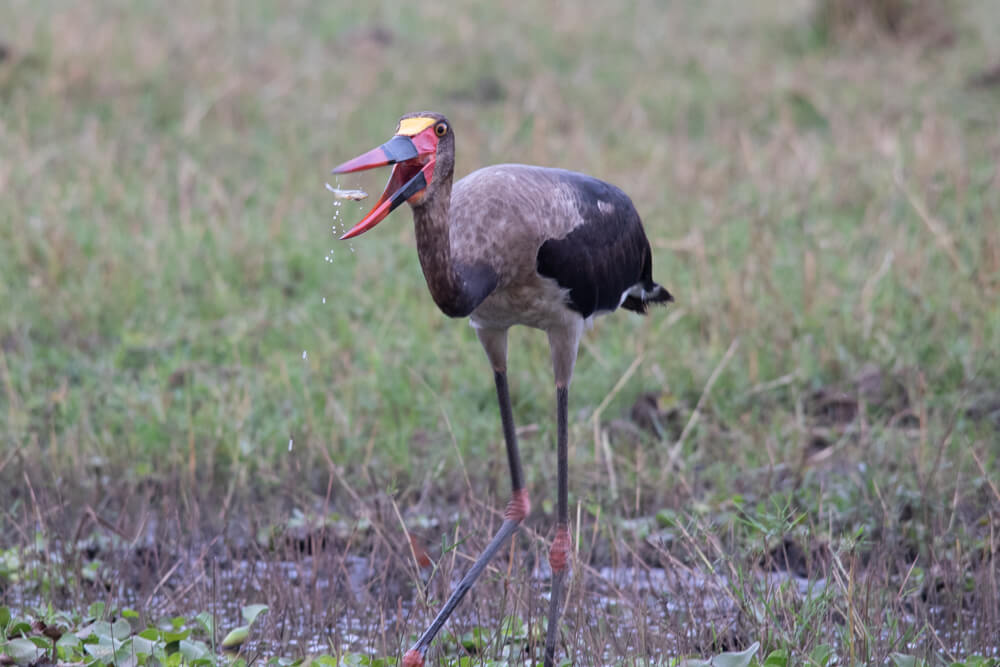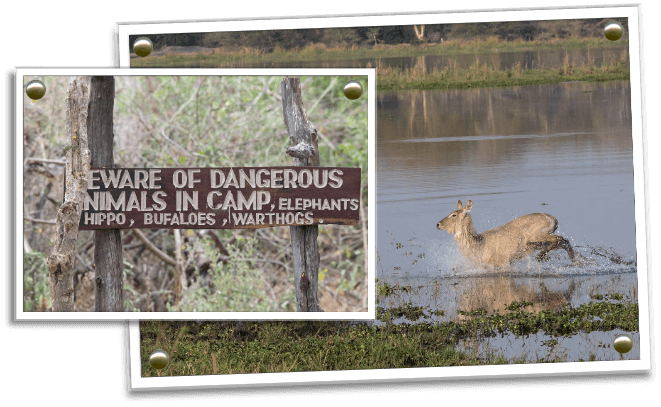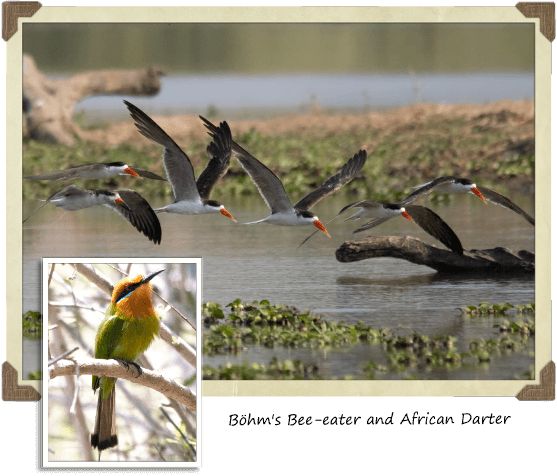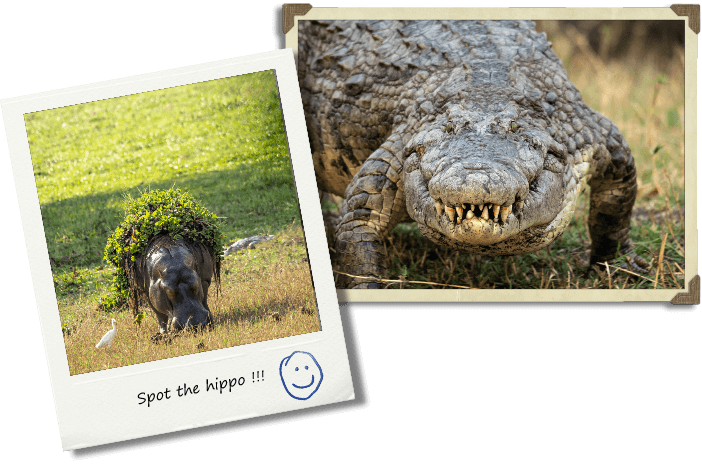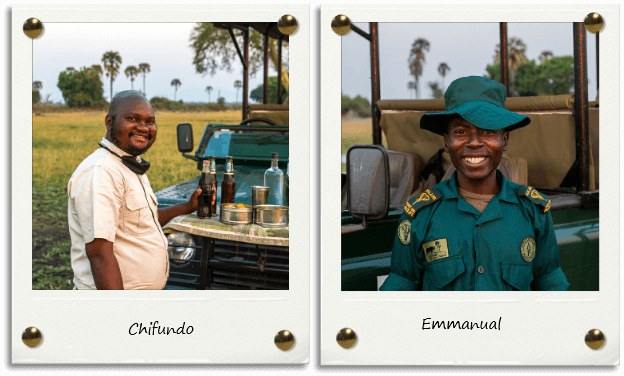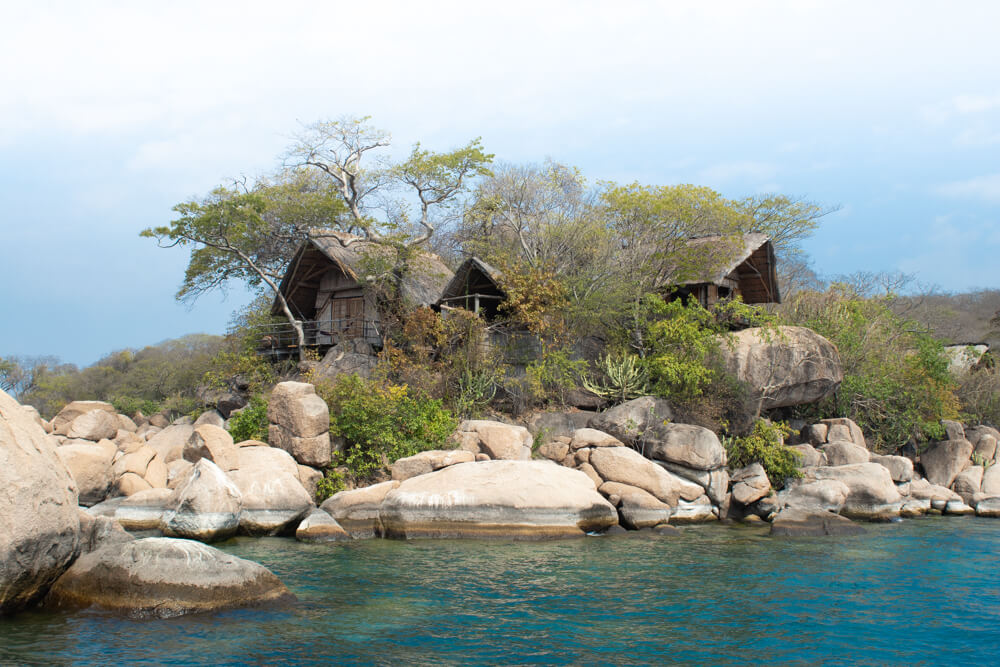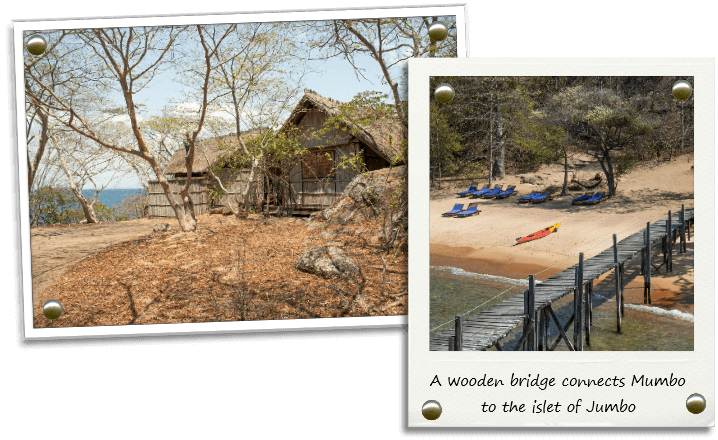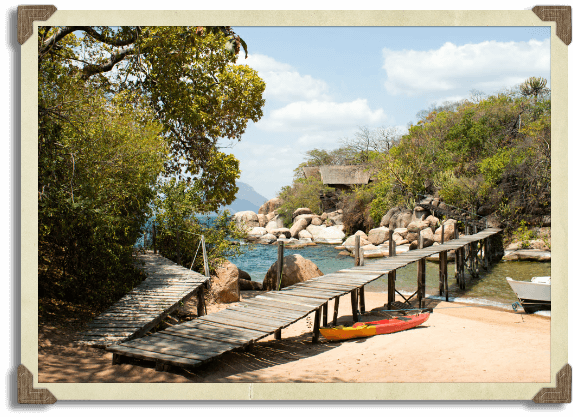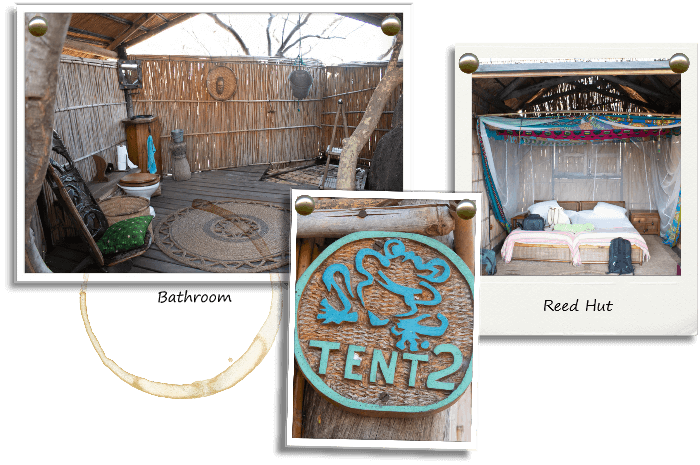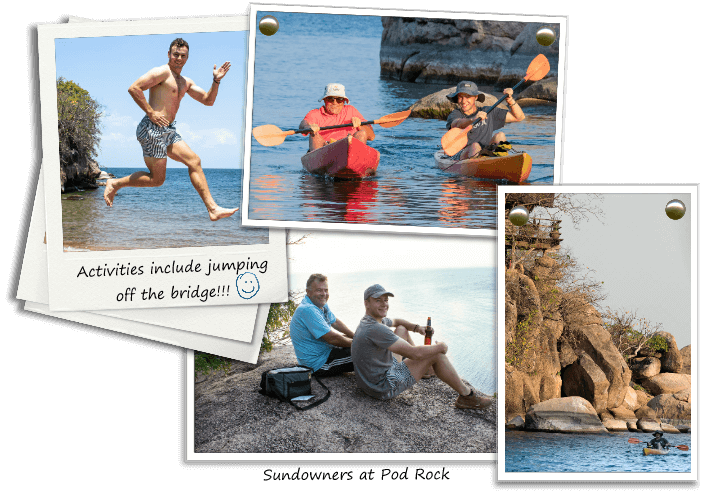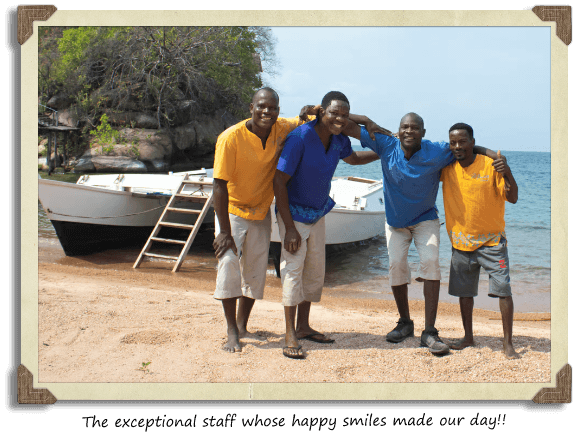When travelling from South Africa there are countless choices of skiing destinations all over Europe. But perhaps though the most important question to ask is “are we guaranteed of snow?”. That’s one of the main reasons we chose Val d’Isère – it’s one of the highest skiing destinations. The majority of good slopes are at high altitude and more importantly it caters for less gifted skiers (like me). At night the village comes alive, music pumps and the food is great. We’ve been there twice and loved it!
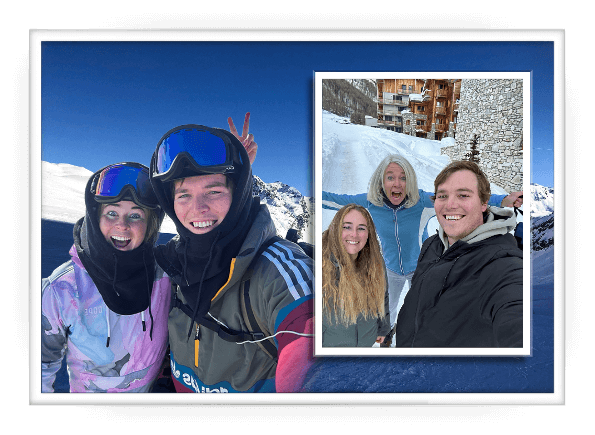
How we got to Val d’Isère (and back)!
Val d’Isere is nestled in the Tarentaise valley of the Rhône-Alpes region with the Italian border only 5km away. We flew into Geneva and then boarded Ben’s Bus which delivers you into the centre of the village. It was a bit of a bun fight as we forced our rather large suitcases into whatever space was available and then elbowed our way to available seats. The buses are busy and in high demand. Needless to say, the excited chatter of youngsters set the stage for a great vibe. We would suggest getting onto the bus leaving no later than 3.00 in the afternoon. The trip is relatively long and can take between 3 and 4 hours. You don’t want to get to your destination in the middle of the night and then haul your luggage in sub-zero conditions over slippery roads to your accommodation.
At the end of our stay we opted for the more sedentary route and booked the trip back with 3Valley-transfers. They were well priced and reliable. The driver was good and the vehicle clean and in good condition. All in all a very professional company. Both Ben’s Bus and 3Valley-transfers can be booked easily on the internet.
Where to stay?
On a previous trip to Val d’Isère we stayed at the Val d’Isère Club Med and loved it. It makes life easy when equipment is provided and all food, drinks and entertainment are included. Its location also allows for ski-in, ski-out which is a real advantage. A glass of delicious Glühwein after a hard morning or afternoon on the slopes was also very welcome.
This time round, we opted for a self-catering apartment booked through We-Ski. They are a professional company offering quality accommodation. The apartment – Résidence Kilimanjaro – is a new duplex situated within walking distance to the village. Not too far when you fresh in the morning but a little more testing after a long day on the slopes. Staying in the apartment meant we got to know the village, the restaurants and enjoyed a wide range of après-ski options.
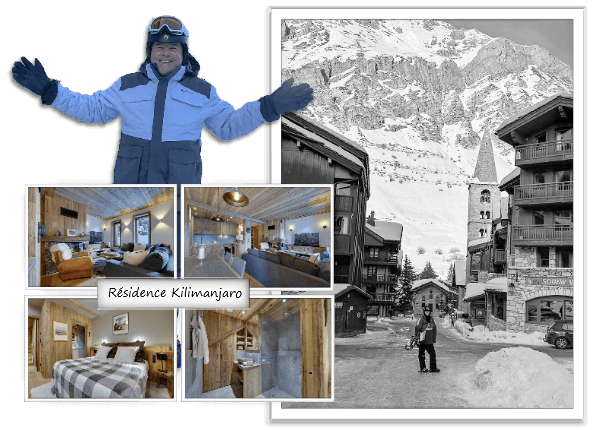
Where to hire Ski Equipment?
There are obviously a number of different options when it comes to ski hire. We were very happy with Ski Republic -conveniently situated at Val Village, Le Front de Neige.
The Val d’Isère Ski Area
The L’Espace Killy is home to 300 km of pistes and shared by Val d’Isère and Tignes. Val d’Isère’s share of it (150km) has three ski areas two of which can be accessed directly from the centre of town – Solaise and Bellevarde. As a skier devoid of much talent I tended to stick on the easier slopes. One is in the village itself. The other is a relatively new one at the top of the Solaise gondola. There are however numerous runs to progress to. Beware though – the more daunting terrain is at the bottom of the mountain. It’s therefore a good idea – as a beginner – to catch a ride back down on one of the gondalas. That is of course after perfecting a few skills on the easier and more “gentle” slopes.
The third area – Fornet – can be reached from the valley at Le Fornet and Le Laisinant. Alternatively you can get there via Solaise using a lift that tests any vertigo disposition.
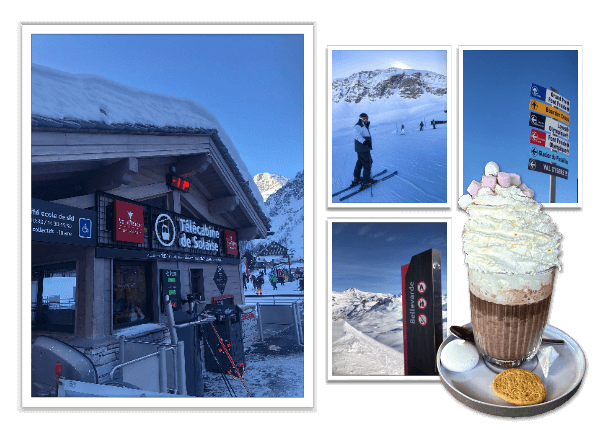
Val d’Isère’s après-ski
Val d’Isère is certainly not short on après-ski options.
Perhaps the most well known of all is Folie Douce at the top of the La Daille gondola. Live bands, DJs and cabaret provide a party vibe from 3-5pm daily. Coroico, at the bottom of Solaise, is as good. We were entertained by different bands every night giving exceptional, energetic performances.
Our other regular haunts included Le Petit Danois – a lively bar with different bands. For lunch we became regulars at Crêperie Bar ô rendez-vous – soup of the day and a pancake well recommended.
If a treat is what you are after, the La Casserole is exceptional. You may have to ski harder the next day to work off all the calories consumed in one serving of a delicious raclette.
Have a look at the various options and most importantly have a blast! P.S. If you a snowboarder it doesn’t necessarily mean you are a skier – ask Ben !!

